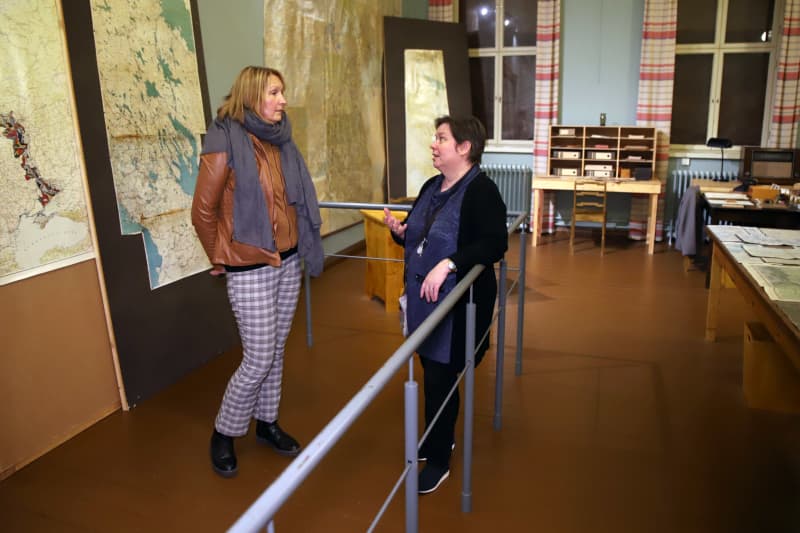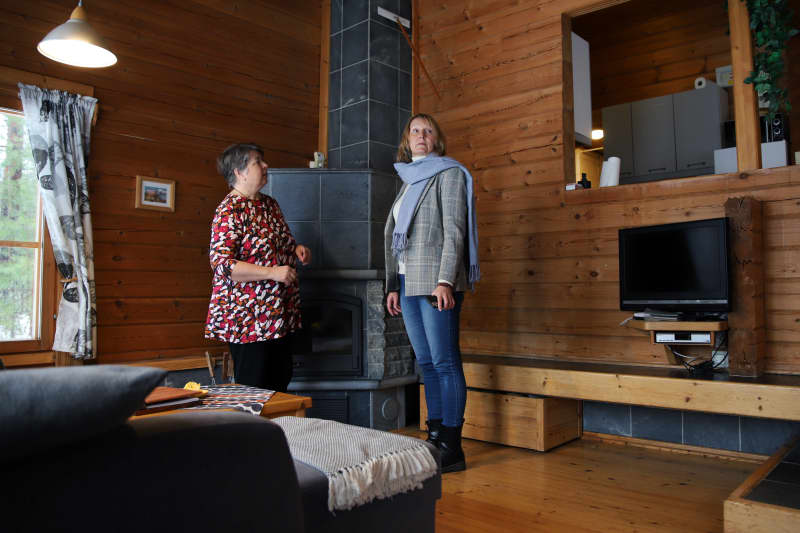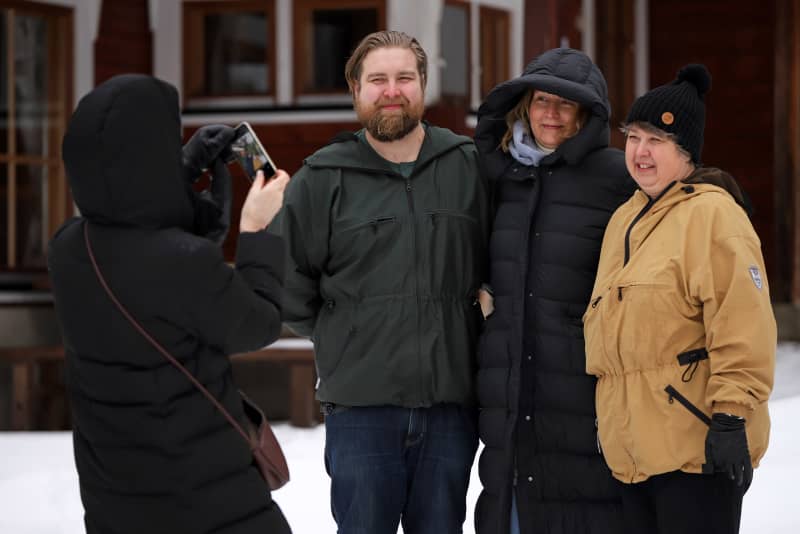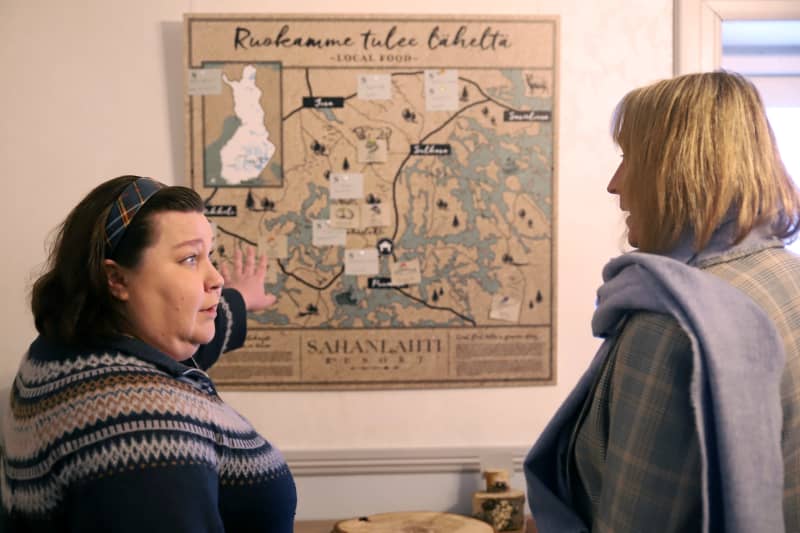Tourism in Lake Finland is expected to take off when the Saimaa region becomes the European Food Capital next year. In Etelä-Savo, tourism is being developed ahead of sustainability.
On the first day he visits the War and Peace Centre in Mikkeli, the next day he visits the Sahanlahti and Okkola holiday cottages in Puumala.
In January, the Saimaa region was named European Food Capital 2024, which is estimated to increase the number of international tourists by tens of percent.
If Järvi-Finland becomes the next big destination after Lapland and Helsinki, Myllymäki-Hay is by no means the only new tour operator touring the region.

Myllymäki-Hay travel agency focuses on slow and sustainable tourism in the Nordic and Baltic countries. He plans to take his group to Helsinki, Etelä Savo and North Karelia.
– When you come from another culture, many very simple things are interesting. Guests get to know local people to better understand the culture. We also make our own Karelian pies and pick mushrooms and berries, explains Myllymäki-Hay.
The idea is to look for experiences and relaxation instead of running from one attraction to another. This requires an open attitude from the traveler – and the ability to stay upright on cobblestone streets and nature trails.
– This is suitable for people who are curious, interested in new cultures, open to exploring new food experiences and enjoy walking in nature. People who travel here are often over 50 years old. They have time and can afford to travel.

Quality and affordable tourists, not mass tourism
In South Savo, the Australian group is eagerly awaited. The Saimaa region wants tourists like them, who appreciate the local lifestyle and are interested in nature, history and culture.
– We want fewer tourists, but better tourists. People who want to get to know the area as it is and leave money in the area. We want travelers and visitors, not mass tourists.
Leila Myllymäki-Hay recommends thinking in advance how local residents will be taken into account in the development of tourism.
If there are too many arrivals and the residents start to suffer from overcrowding, it may provoke a backlash in them and foreign guests will receive a cold reception. For example, in Lapland, tourists have disturbed domestic peace by peeking in through windows.
– With the residents, you have to think about how many tourists you want and to which places. Maybe some of the destinations should only be for locals, for example, not everyone wants to share their berry places with others, says Myllymäki-Hay.

The problems of overtourism are also familiar from different parts of Europe: in Barcelona, \u200b\u200bsensitive natural sites have suffered.
– Clean nature is the greatest value we can give to tourists. It must remain clean in the future and our way of life authentic. Tourism must not bypass them under any circumstances, says Maisa Häkkinen.
Now we are looking for experiential luxury
Many companies in the tourism industry in Southern Savonia have already acquired the Sustainable Travel Finland label, which tells about sustainable tourism.
The mark awarded by Visit Finland indicates that the company is committed to the principles of sustainable development and develops its operations based on them. The region achieves sustainable tourism certification when more than half of its businesses have the mark.
With these prospects, the Savonlinna region will become an area of \u200b\u200bsustainable tourism this year, the Mikkeli region in a couple of years.

Leila Myllymäki-Hay has been making Finland and other Nordic countries known in Australia for 27 years. He markets Finland as a place of peace and happiness.
– Most people are so busy in their own lives that it can be absolutely wonderful to get to a place where you can just be, and you don’t always have to do terrible things.
In his travel program, time has been set aside for unhurried camping, saunas and fishing. According to Myllymäki-Hay, it is experiential luxury.
– The biggest and most popular is not always the most important criterion. People live in big cities. For Asians, having space is a luxury.
